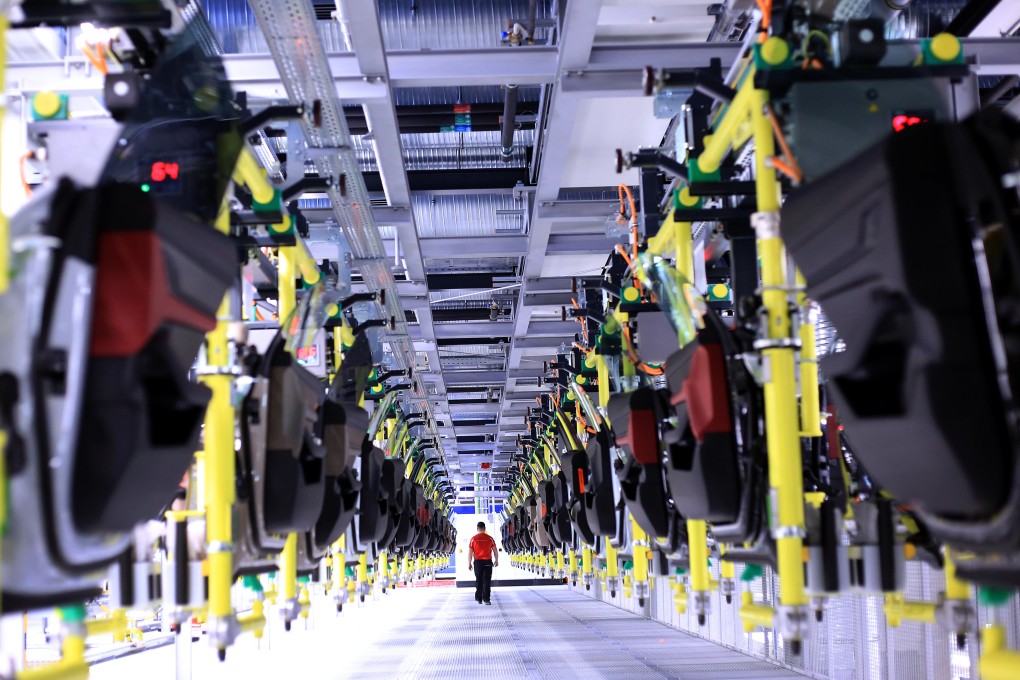The View | From China to Germany, why industrial policy is on the agenda
- Industrial policy, which fell out of favour with economists by the end of the 20th century, is making a comeback
- Developing countries need manufacturing and industrial policies more than ever to close the technology gap with developed nations

Why is there a wide variance in economic outcomes and welfare among countries? Why are some nations poor and others rich? These questions have challenged development economists and policymakers for centuries.
While no singular theory explains all cases, accumulating scholarly evidence suggests industrialisation is a necessary condition for nations to climb the development ladder. The only exceptions are natural resource-rich nations, and small economies that can generate wealth from tourism, casinos or geographic serendipity.
Manufacturing and industrial policy are certainly not a new recipe for economic development. Two centuries ago, US Treasury secretary Alexander Hamilton wrote extensively on the importance of industrial policy for economic development in his “Report on Manufactures” when North America was an agrarian society with a surfeit of land.



